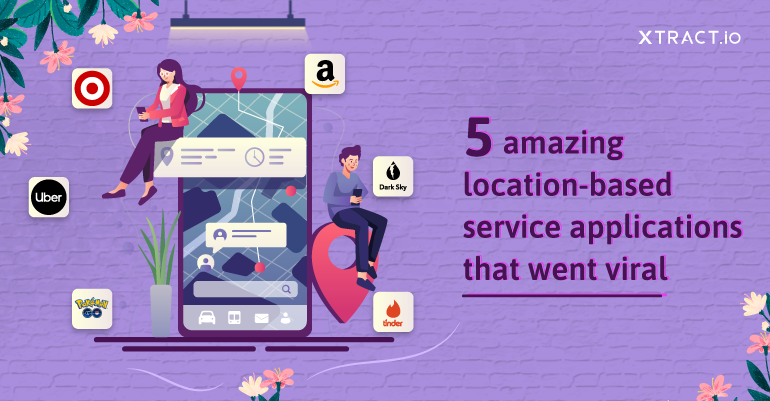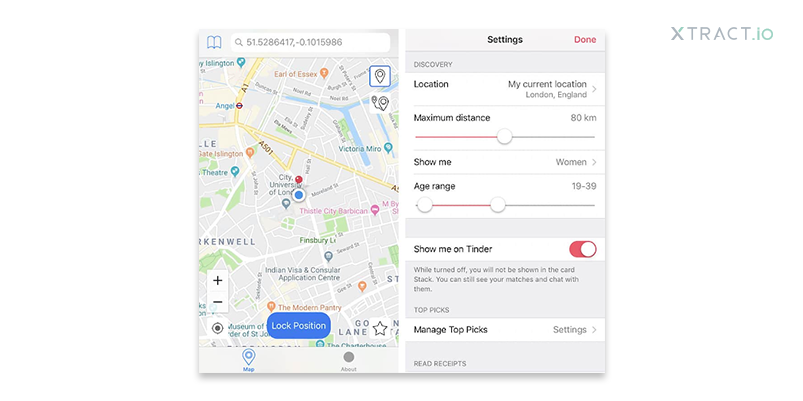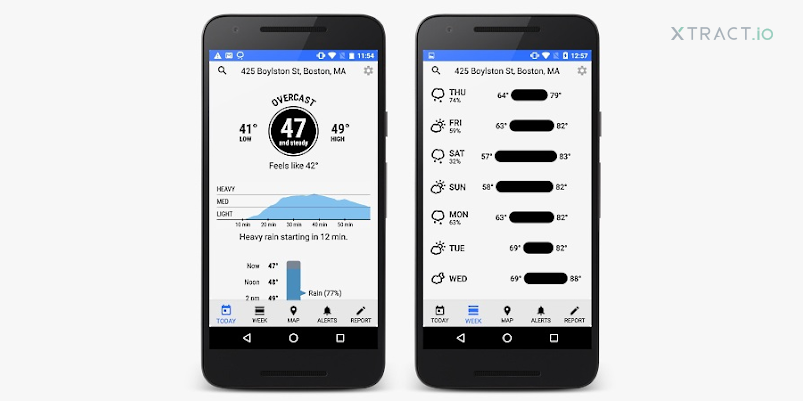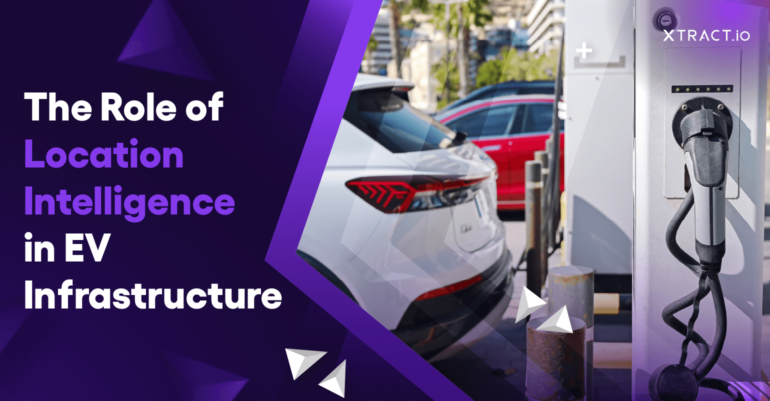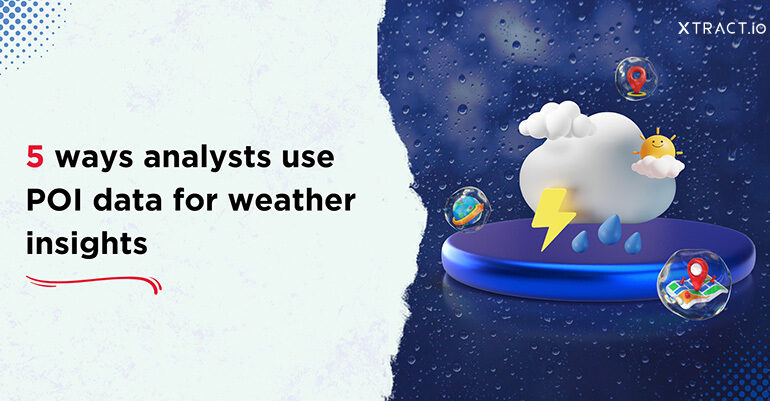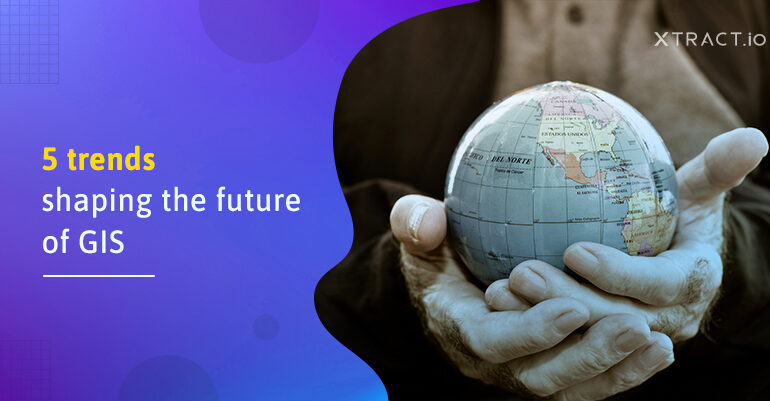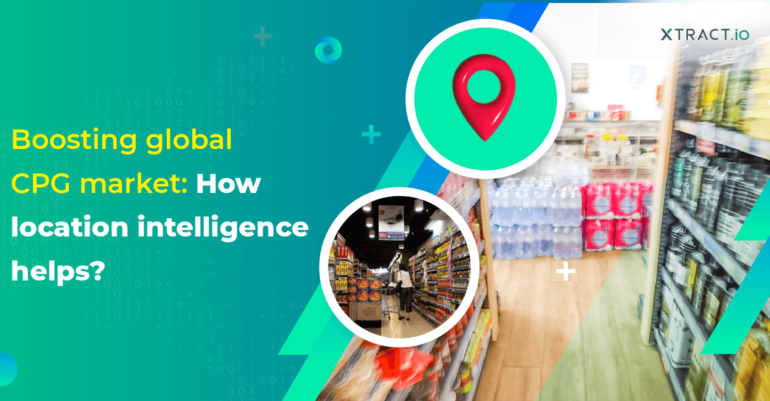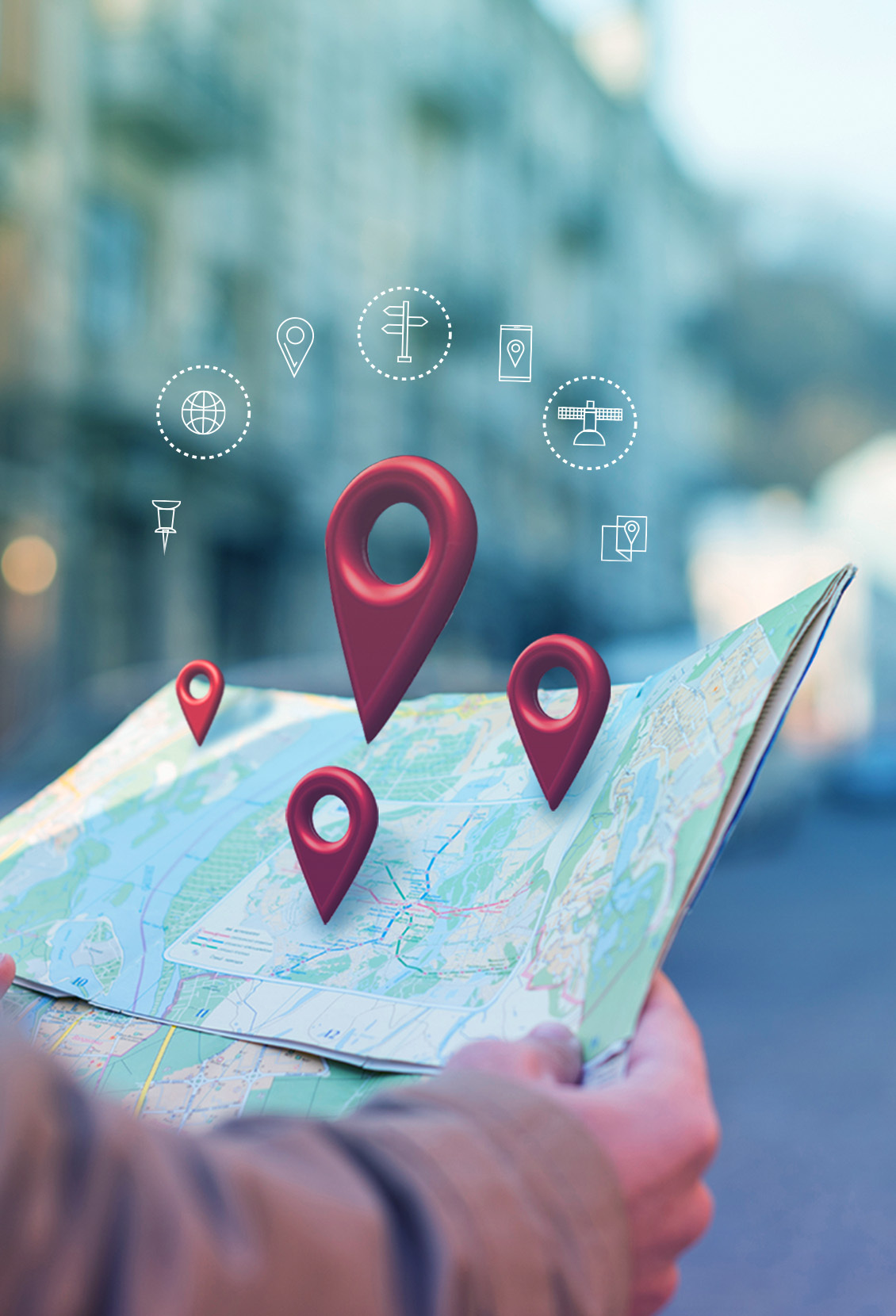How many applications in your phone use location information? It could be to deliver your order, to pick or drop you at a specific place, determine the weather of the place you are at, or find a friend nearby your place with similar interests. Yes, there could be 5-10 such location-based applications on your phone, but there are millions worldwide.
The global location-based services market is expected to reach USD 60 billion by 2026. Gone are the days when location data was used only for GPS maps or route tracking. Fast forward to today, most companies integrate location-based services into their maps. Ecommerce apps, socializing apps, weather apps, gaming apps, travel apps, and many more have jumped into the bandwagon. In this blog, we will take you through a few fantastic applications built on location-based technologies.
1. Pokémon GO – A Location-Based Gaming Application
Besides Pikachu, how many of you remember Dragonite, Snorlax, Rhydon, Gyarados, Blissey, and other Pokemon characters? Unless you’ve been out of space for a while, this addictive game made quite a stir with every individual. The game was simple: Each place in the app is tied to a real-world location. The user has to explore the neighborhood barefoot, capture and collect Pokemon characters and fight against the monsters. It uses a mobile GPS to capture, battle, and collect these characters.
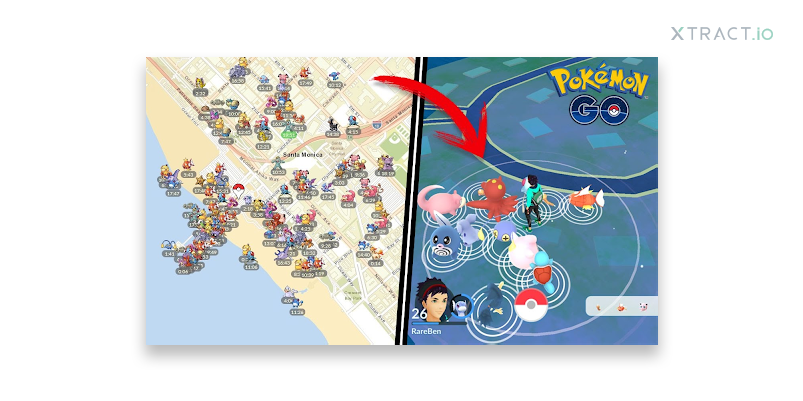
The massive success of this game was because location-based services created an engaging gaming experience. The game uses location-based technologies to locate the Pokemon creatures and augmented reality (AR) technology to fight, win, and store their favorite character in the Pokedex (database of Pokemon characters).
This world-popular LBS game was a great success in the launch year and picked its peak again after two difficult years of the pandemic. Launched in 2016, six years later, Pokémon GO is still popular and addictive. All thanks to augmented reality and real-time location-based technology that kept its audience enticed.
| Pokémon GO – Key Statistics (2016-2021) Annual revenue: $2.2 billion Active users: 700 million Downloads: 500 million annually Source |
2. Target – A Location-Based Online Retail Application
Plan, shop and save all in one place is the goal of an online retail store known as Target. It allows users to buy everything from groceries, electronics, clothing, and almost everything from anywhere. Target is also known as American Big Box Department Store.
Born in the 1960s in the US, Target launched its first mobile site in 2008, and by 2013, it bagged the title of Mobile Retailer of the Year. It incorporated location-based services technology to provide its customers with a seamless shopping experience. Later, Target leveraged beacon technology, geofencing, and indoor mapping that helped customers pick up their orders from the store entrance. The target representative would locate where the customer is and keep his/her order ready. As the customer comes closer to the nearest Target store, the order is ready at the entrance itself. Apart from this, same-day door delivery, contactless pick-up, and many more features were added to this brand’s location-based marketing strategy.
Download our free sample that consists of Target stores in the US region. Similarly, we create points-of-interest data for all industry service apps that are 95% accurate in precision.
| Target – Key Statistics (2008-2021) Annual revenue: $22K million Active users: 80 million Downloads: 600K monthly Source |
3. Uber – A Location-Based Travel Application
Around 118 million people use Uber once a month in the US. This indicates that Uber is an all-time favorite to travel or book a ride from one location to another.
Founded in 2009 and operating in more than 80 countries and 785 metropolitan cities, Uber is the most popular transportation choice. This ride-sharing app allows users to book a ride and pay via various modes such as cash, debit/credit card, wallet payments, etc.
Uber uses a two-way LBS technology that allows the driver to see where the customer is waiting and the customer to locate the movement of the driver’s vehicle. This free-to-use app shows multiple routes to reach a location and takes the shortest route to reach faster. It also indicates road traffic in a specific place, nearby shops, and many more and automatically shows an alternative route to avoid traffic congestion.
Over the years, it has also added various features such as generating a color code in the user’s mobile phone, which they can wave at the driver when the ride is nearing its proximity, peer-to-peer ride-sharing option, opting for custom taxis based on the number of people riding, charging station facilities and many more. Uber is a perfect example of how property boundary maps are to be used.
| Uber – Key Statistics (2009-2021) Annual revenue: $17.5 billion Active users: 118 million Downloads: 4 million monthly Source |
4. Tinder – A Location-Based Dating Application
If gaming and service-based applications leverage LBS technology, socializing apps are not staying behind. From Tinder to Bumble bee, most dating and socializing applications use location to offer a customized experience to their users.
Tinder, a worldwide popular dating app, connects users with similar interests, behavior, likes, and dislikes. One of the promising features of this application is it matches based on the user’s geographic proximity. Its geolocation feature allows users to enter their location and select distance range and other geographic parameters to find their true one. While most other social and dating applications have entered the bandwagon, Tinder continues to rule the market and does not let anyone swipe left!
| Tinder – Key Statistics (2012-2021) Annual revenue: $1.6 billion Active users: 75 million Downloads: 10 million annually Source |
5. Dark Sky – A Location-Based Weather Application
In the olden days, people used to see the sky and predict the weather. Fast forward to today, people use the Dark Sky app on their phones to check the weather forecast and plan their day.
Launched in 2012, the Dark Sky application became a viral sensation by 2020 when Apple bought this start-up and later shut down all its operations. Dark Sky incorporated LBS technology to provide timely weather information based on the user’s location. It also allows users to change the area and visualize the weather and climatic conditions of a place that could be miles away. Besides colorful maps, next-hour updates, and weekly forecasts, what made Dark Sky a unique application was its ability to provide real-time minute-by-minute weather forecasts. For example, it sends location-based alert notifications to the user, such as “Light Snow Starting in 5 mins,” and it truly happens.
| Dark Sky – Key Statistics (2012-2020) Annual revenue: <$5 million Total Downloads: 2 million Source |
While these are a few examples of location-based applications that have boomed in the market, there are plenty of other applications from various industries, such as supply chain, banking, education-based applications, and many more that rely on LBS technology. Every modern-day business thrives on attracting customers and ensuring maximum digital presence. Building mobile applications and customizing them to your audiences is the first step towards it.
If you want your brand to be as popular as any of these, build an application, and we will help you integrate the right points-of-interest around it. Xtract.io can be your ideal solution to scale your business with its accurate location data. Book a demo with us and get started.


